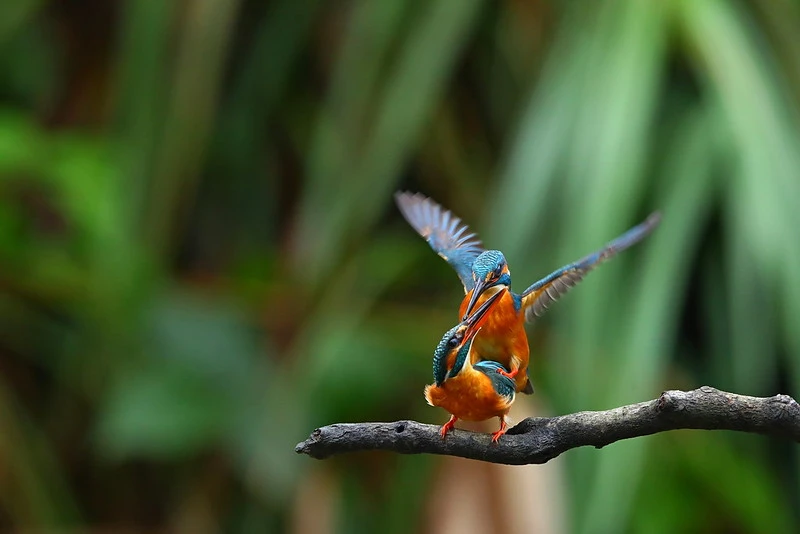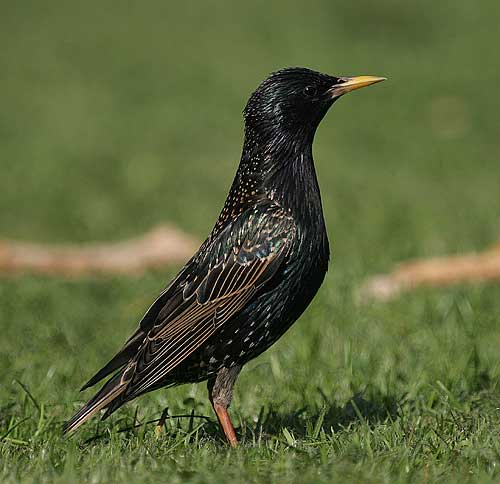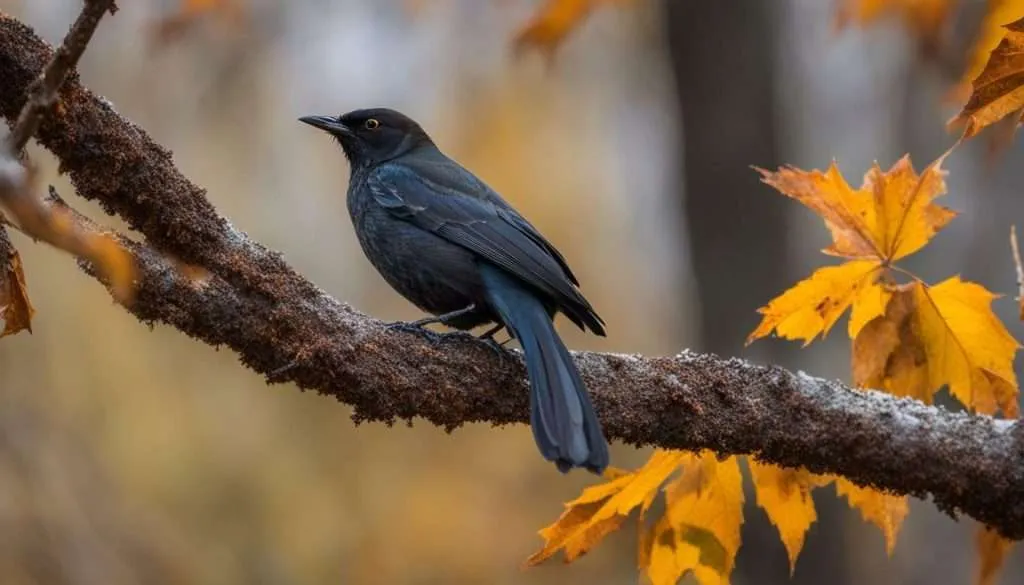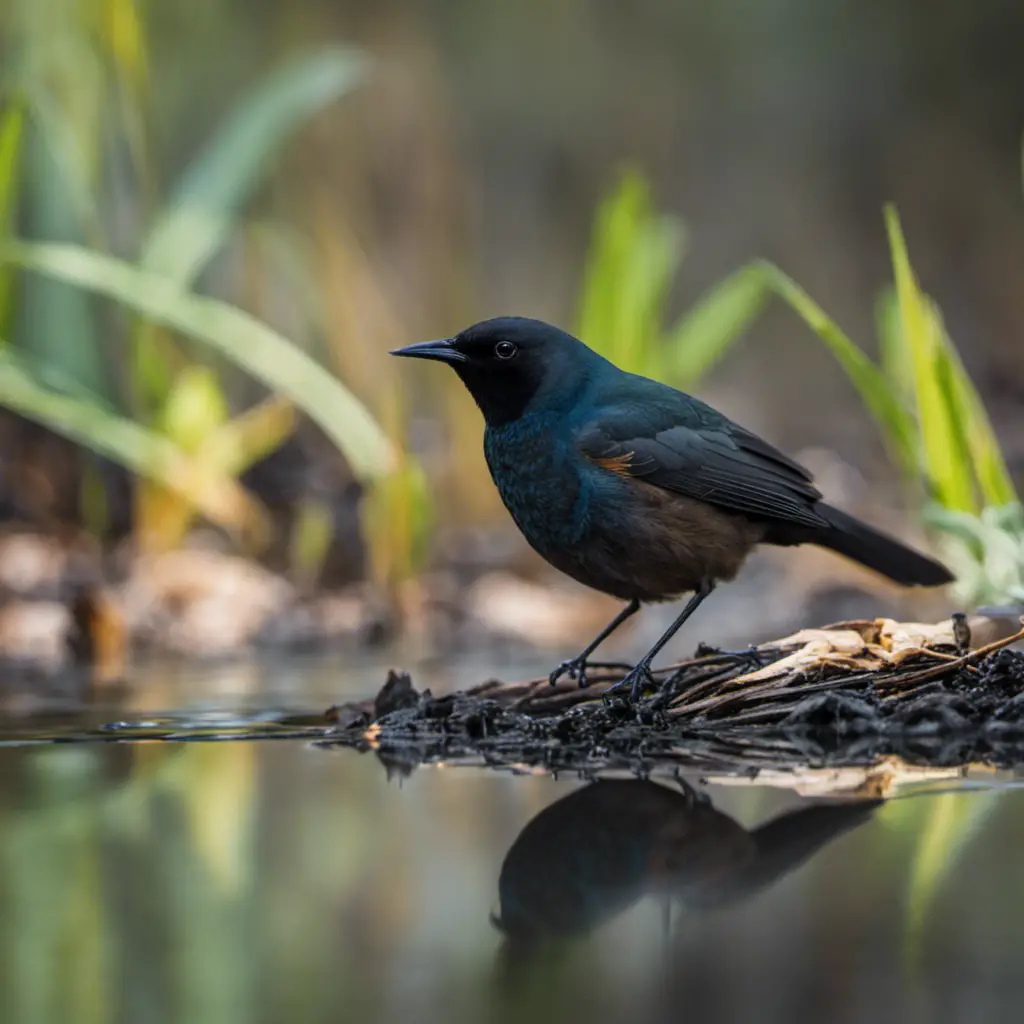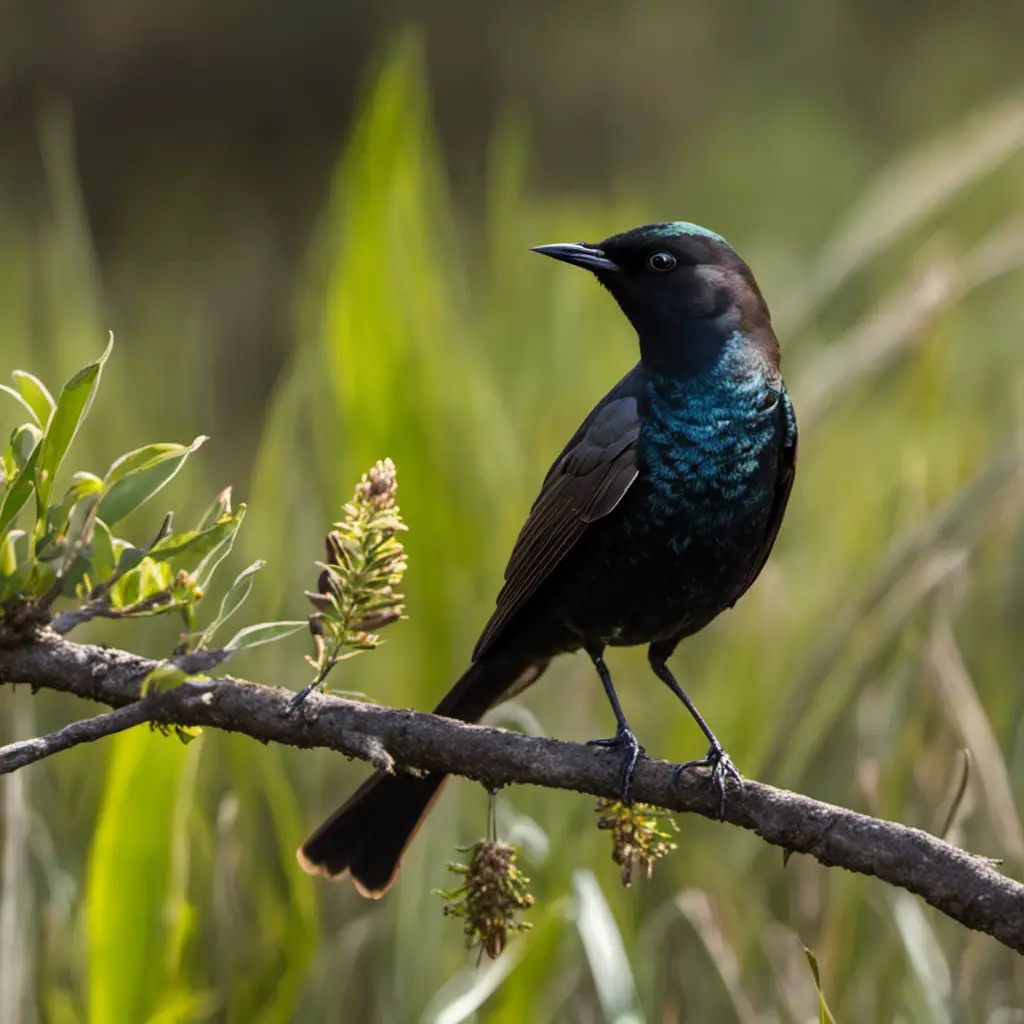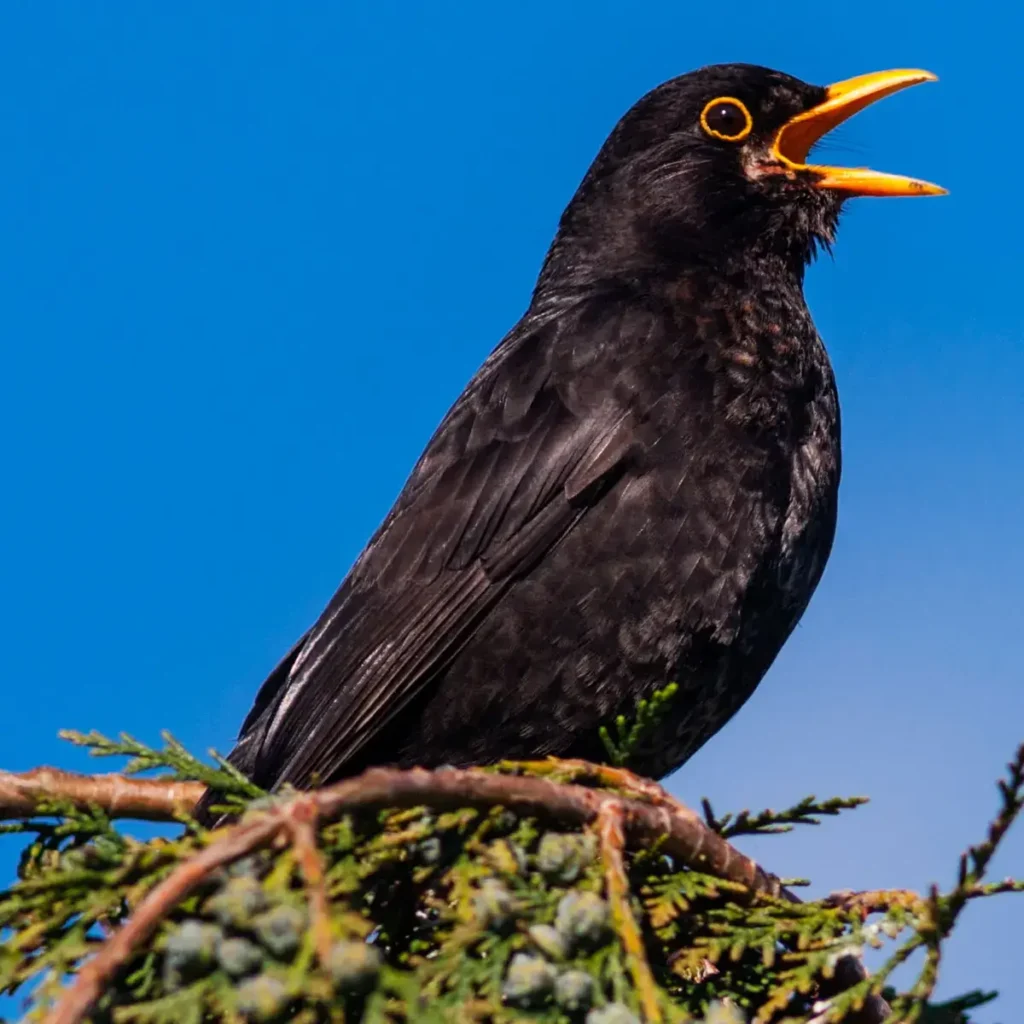What Species of Birds Mate for Life? Explore the world of avian monogamy and discover bird species known for lifelong partnerships in nature.
Introduction
What Species of Birds Mate for Life? Welcome to the captivating world of avian monogamy, where lifelong bonds and devoted relationships are the norm. In this introductory chapter, we will set the stage for our journey into the lives of birds that mate for life.
Exploring Monogamous Bird Species
Monogamy in birds is a phenomenon that has long intrigued ornithologists and nature enthusiasts alike. The term “monogamy” refers to a mating system where an individual forms a lifelong partnership with a single mate. While monogamy is relatively rare among birds, it is especially prevalent in certain species.
The Fascination with Birds That Mate for Life
What makes these birds so intriguing? The answer lies in their unique social behaviors, elaborate courtship rituals, and the challenges they face in maintaining a monogamous bond in the wild. Birds that mate for life offer a captivating glimpse into the complex world of avian relationships.
Importance of Studying Monogamous Birds
Understanding the behaviors of monogamous birds goes beyond mere curiosity. It has significant implications for the fields of ecology, conservation, and even our own human relationships. By studying these birds, we can gain valuable insights into the concept of commitment, communication, and cooperation in the animal kingdom.
As we embark on this exploration of avian monogamy, we will delve deeper into specific monogamous bird species, their unique characteristics, and the factors that drive their commitment to lifelong partnerships. Join us in uncovering the enchanting world of birds that mate for life.
What Species of Birds Mate for Life?
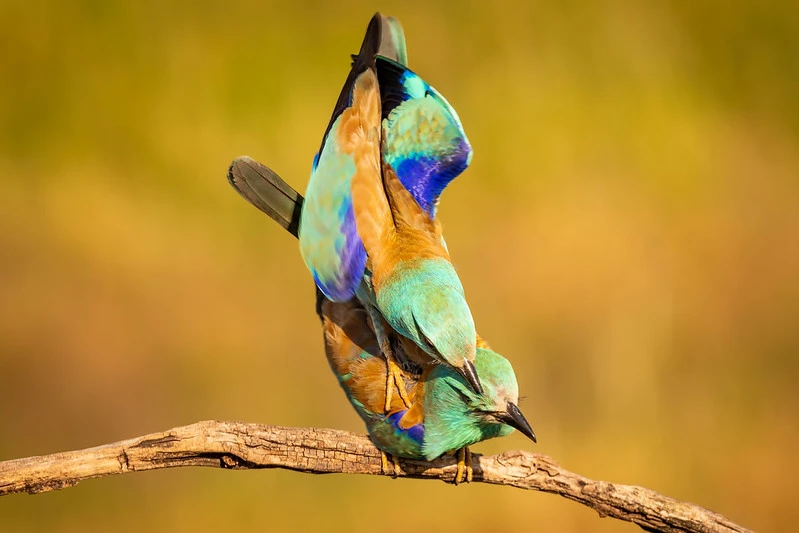
Monogamy is not limited to the human realm; it thrives within the avian world. In this chapter, we’ll embark on an exciting journey to discover the remarkable birds that mate for life. These species exhibit a level of commitment and devotion that is nothing short of awe-inspiring.
Bald Eagles: Symbol of Monogamy
Bald eagles, with their iconic appearance and majestic presence, are often considered the quintessential symbol of monogamy among birds. They form lifelong bonds that are critical for their survival.
Key Characteristics of Bald Eagles:
- Majestic Appearance: Bald eagles are known for their striking white head and tail feathers, which set them apart.
- Lifelong Partnerships: These raptors choose their mates wisely and stay committed for a lifetime, often returning to the same nesting site year after year.
- Dedicated Parents: Bald eagle pairs work together to build and maintain their nests and care for their eaglets.
Swans: Graceful and Devoted
Swans are renowned for their grace and elegance, and their commitment to monogamy is no less remarkable. These birds are often associated with romance and devotion.
Notable Aspects of Swan Monogamy:
- Elegant Courtship: Swans engage in elaborate courtship rituals, including synchronized swimming and intricate displays of affection.
- Pair Bonding: Once a pair of swans form a bond, it typically lasts for life. The strength of their connection is evident in their synchronized movements and vocalizations.
- Loyal Parents: Swan couples work together to raise their cygnets, demonstrating exceptional cooperation and shared responsibilities.
Lovebirds: Small Parrots with Big Hearts
Lovebirds, as their name suggests, are known for their affectionate nature. These small parrots are a delightful example of monogamy in the avian world.
Charming Traits of Lovebirds:
- Endearing Behavior: Lovebirds are often seen cuddling, preening each other, and engaging in frequent displays of affection.
- Monogamous Pairs: Lovebirds form tight-knit pairs and are known to become distressed when separated from their mates.
- Social Creatures: These parrots thrive on social interaction, and their monogamous bonds play a vital role in their well-being.
These are just a few of the fascinating monogamous birds we’ll explore in this chapter. Each species offers a unique perspective on the world of avian monogamy, with intricate behaviors and devoted partnerships that captivate the imagination. Join us on this journey as we uncover more about the enchanting world of birds that mate for life.
Monogamy in the Avian World
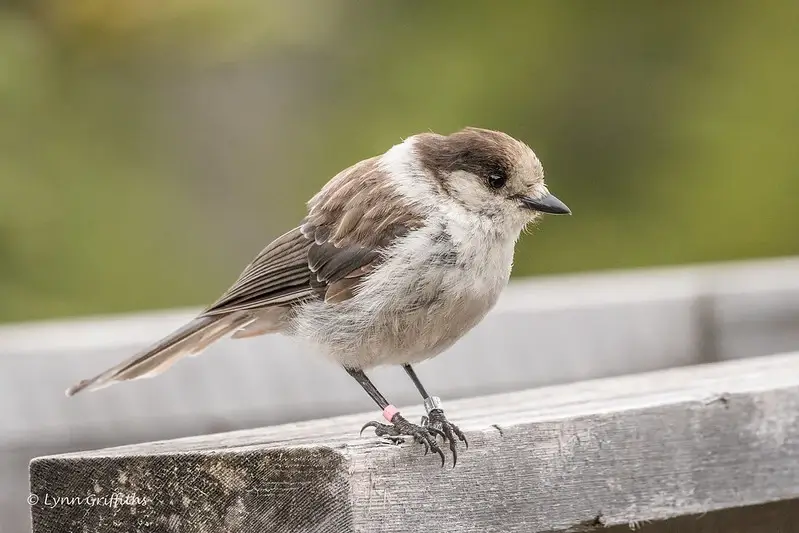
The concept of monogamy in the avian world is a captivating area of study, shedding light on the intricate and often surprising behaviors of our feathered friends. In this chapter, we will explore the foundation of monogamy in birds, its evolutionary aspects, the benefits it brings, and the challenges these species face in the wild.
The Concept of Monogamy in Birds
Bird monogamy is defined by the lifelong commitment between a pair of birds, where they exclusively mate and raise offspring together. This bond is not exclusive to romantic symbolism but plays a crucial role in the survival and reproduction of many bird species.
Key Aspects of Monogamy in Birds:
- Lifelong Pair Bonding: Monogamous birds often choose a single partner for life, forming a cooperative unit that ensures their joint reproductive success.
- Shared Responsibilities: These avian couples collaborate in tasks such as nest-building, incubating eggs, and raising chicks.
- Resource Allocation: By sharing the responsibility for offspring, monogamous birds allocate their resources efficiently, enhancing the chances of their young’s survival.
Evolutionary Aspects of Monogamous Behavior
The origins of monogamy in birds are a subject of scientific curiosity. While it may seem counterintuitive from an evolutionary standpoint, several theories provide insight into why monogamous behavior has persisted.
Notable Aspects of Evolutionary Monogamy:
- Mate Guarding: Monogamous behavior may have evolved as a strategy to prevent infidelity and ensure that a male bird invests in his own offspring.
- Ecological Niches: In some environments where food resources are clumped and not easily shareable, monogamy can provide a competitive advantage.
- Path to Offspring Survival: For some species, monogamy offers a higher probability of rearing successful offspring by guaranteeing parental care.
Benefits of Monogamy in Bird Species
Monogamous behavior offers a range of advantages to bird species that practice it. Understanding these benefits is essential to appreciating the significance of avian monogamy.
Advantages of Monogamy in Birds:
- Enhanced Offspring Care: Both parents participate in raising offspring, leading to improved survival rates.
- Reduced Competition: Monogamous pairs can avoid the conflicts and resource competition often found in polygamous systems.
- Better Resource Management: Monogamous birds can efficiently allocate resources for nesting and rearing.
Challenges of Monogamy in the Wild
While monogamy offers numerous benefits, it is not without its challenges. These challenges can vary depending on environmental factors and the specific species involved.
Common Challenges of Avian Monogamy:
- Loss of a Mate: If one partner dies, the surviving bird may face difficulties finding a new mate and continuing to raise offspring.
- Environmental Pressures: Monogamous birds may struggle when faced with changes in their habitat or food availability.
- Predation and Nesting Success: Protecting a shared nest and chicks can be challenging in the face of predators.
Understanding both the advantages and obstacles associated with monogamy in the avian world is crucial to appreciating the intricacies of these remarkable bird species. This chapter provides a foundation for further exploration of monogamous bird behavior and their unique mating rituals.
The Mating Rituals of Monogamous Birds
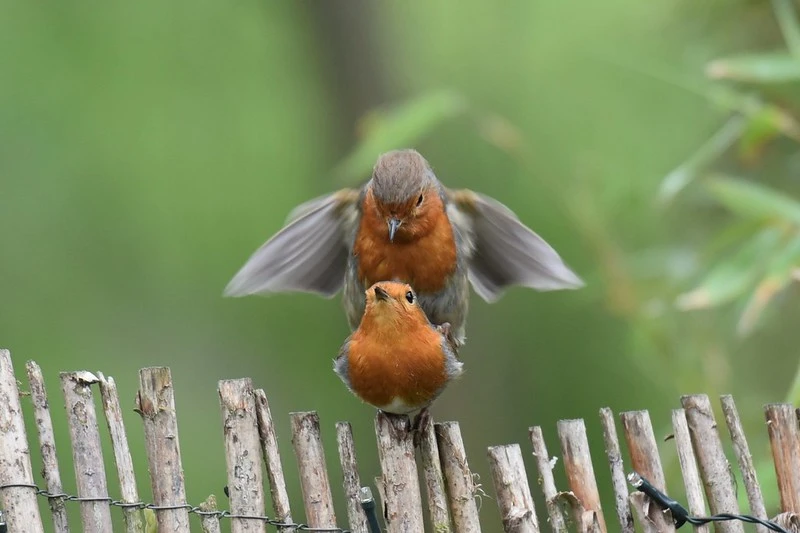
Monogamous bird species exhibit a fascinating array of mating rituals and behaviors that reflect the depth of their commitment to one another. In this chapter, we’ll delve into the world of courtship and pair bonding, explore how they build and maintain nests, and understand the importance of communication and cooperation in sustaining their monogamous relationships.
Courtship and Pair Bonding
Monogamous birds often engage in elaborate courtship rituals, marking the beginning of their lifelong commitment. These rituals not only strengthen the bond between partners but also serve as a form of communication and compatibility testing.
Courtship Rituals in Monogamous Birds:
- Elaborate Displays: Many species, such as the Sandhill Crane, perform intricate dances and displays to impress their potential mate.
- Gift-giving: Some birds, like the male Northern Cardinal, offer tokens of affection like food or nesting materials to win their partner’s favor.
- Vocal Performances: Singing and calling are common forms of courtship communication in monogamous birds, with each species having its distinctive melodies.
- Synchronized Movements: Birds like the Laysan Albatross engage in synchronized aerial dances to strengthen their pair bonds.
Nesting and Raising Offspring
The act of nesting and raising offspring is a central aspect of monogamous bird relationships. Here, we’ll explore how these devoted couples work together to ensure the survival of their young.
Nesting and Parenting Behaviors:
- Shared Nest Building: Monogamous birds often collaborate in constructing their nests, symbolizing their partnership.
- Incubation Duties: Both male and female partners share the responsibility of incubating the eggs.
- Feeding Offspring: After hatching, the parents work together to feed and protect their chicks, offering them the best chance of survival.
Maintaining Monogamy: Communication and Cooperation
The key to the long-term success of monogamous bird relationships lies in communication and cooperation. These qualities enable partners to function as a team in the face of numerous challenges.
Communication and Cooperation in Monogamous Birds:
- Affectionate Displays: Expressions of affection, such as preening and bill tapping, strengthen the pair’s bond.
- Warning Calls: Monogamous birds use specific calls to alert their partner to potential dangers.
- Resource Allocation: Efficient resource-sharing ensures that both partners can meet their needs while caring for their offspring.
Notable Courtship Behaviors in Monogamous Birds
The realm of courtship behaviors in monogamous birds is a captivating one, with each species offering unique displays of affection. Here, we’ll highlight a few noteworthy courtship behaviors that exemplify the devotion of these bird couples.
Notable Courtship Behaviors in Monogamous Birds:
- Bald Eagles: These majestic birds engage in breathtaking aerial displays and soaring flights as part of their courtship rituals.
- Penguins: Penguin couples, such as Macaroni Penguins, often engage in synchronized marching displays that mirror their unwavering bond.
- Swans: Graceful and devoted, swans engage in synchronized swimming and vocal duets to reinforce their connection.
- Lovebirds: As their name suggests, lovebirds often perch close together and engage in mutual preening, reinforcing their strong bond.
Understanding these remarkable courtship and nesting behaviors offers valuable insights into the world of monogamous bird species. It’s a world filled with love, devotion, and a shared commitment to ensuring the survival of their young.
Human Fascination and Conservation Efforts
As we explore the enchanting world of monogamous bird species and their intricate mating rituals, we must not overlook the profound impact these birds have on human culture and the critical conservation efforts in place to protect them. In this chapter, we’ll dive into the cultural significance of these avian relationships and examine the challenges and successes in preserving their habitats.
Cultural Significance of Monogamous Birds
Monogamous bird species have held a special place in human culture for centuries. These remarkable birds have become symbols of devotion, love, and fidelity, making them the subjects of folklore, art, and even spiritual significance.
Cultural Representations:
- Love and Devotion: Swans are often depicted as symbols of love, gracing countless works of literature, art, and music.
- Wedding Symbolism: The enduring bond of monogamous birds, such as doves, is a common theme in weddings, symbolizing lifelong commitment.
- Spiritual Significance: Some cultures view monogamous birds as spiritual guides or symbols of faithfulness, incorporating them into rituals and ceremonies.
Conservation Concerns for Monogamous Species
While human fascination with these birds is evident, their populations face numerous threats due to habitat loss, climate change, and human activities. Understanding the challenges they encounter is crucial for their survival.
Conservation Challenges:
- Habitat Destruction: The destruction of natural habitats, particularly wetlands, poses a significant threat to species like swans and cranes.
- Climate Change: Rising temperatures and altered migration patterns affect the availability of food and nesting sites.
- Human Disturbance: Recreational activities, pollution, and urban development can disrupt nesting and foraging areas.
Conservation Efforts and Success Stories
Fortunately, conservation organizations and dedicated individuals worldwide are working tirelessly to protect these remarkable birds and their habitats. Success stories offer hope for the future of monogamous species.
Conservation Initiatives:
- Wetland Protection: Conservationists are actively engaged in preserving wetlands and other vital habitats.
- Breeding Programs: Captive breeding programs, like those for the California Condor, aim to boost populations.
- Public Awareness: Raising awareness about the importance of conserving monogamous bird species is a critical component of these efforts.
By examining the cultural significance of these birds and the challenges they face, we gain a deeper appreciation for their importance in our world. The ongoing conservation efforts and successes remind us that we all play a role in protecting these incredible avian relationships.
FAQs About Birds That Mate for Life
As we journey deeper into the remarkable world of monogamous bird species, it’s natural to be curious about the intricate aspects of their relationships. In this chapter, we’ll address some of the most frequently asked questions regarding these fascinating birds and their monogamous behaviors.
How do monogamous birds choose their partners?
Monogamous birds often engage in elaborate courtship rituals, during which they display their fitness and commitment to potential partners. These rituals can include:
- Dancing: Some species like Sandhill Cranes perform graceful dances, showcasing their agility and synchrony.
- Vocalizations: Birds may sing or call to attract mates and communicate their interests.
- Gift-giving: In some species, males offer gifts, such as food or nesting materials, to females.
- Territorial Displays: Defending and maintaining a territory can also be a way to attract a mate.
Ultimately, the choice of a partner depends on mutual compatibility and successful courtship.
Are there any exceptions to monogamy in these species?
While many species exhibit strict monogamy, exceptions do exist. Some birds may engage in extra-pair copulations, where individuals mate with birds outside of their monogamous partnership. This behavior is observed in various species, such as the Northern Mockingbird and the Eastern Bluebird. While the majority of interactions may be monogamous, occasional exceptions occur.
Can monogamous birds find new mates if their partner dies?
In the event that a partner dies, monogamous birds often experience grief and loss. However, they may eventually find new mates. The time it takes to find a new partner can vary between species, with some birds seeking new mates relatively quickly and others taking more time to heal from the loss.
Do all species within a monogamous group mate for life?
Monogamy within bird species exists on a spectrum. While some birds, like Bald Eagles, are known for lifelong monogamy, others may form monogamous bonds for shorter periods. Monogamy can be seasonal, lasting only during the breeding season, or it can extend throughout the year. Each species has its unique patterns of monogamous behavior.
How do researchers study the mating behavior of monogamous birds?
Studying the mating behavior of monogamous birds is a complex endeavor that involves a variety of research techniques:
- Field Observations: Researchers spend time in the field, carefully documenting the behaviors of these birds, including courtship, nesting, and interactions with mates and offspring.
- Genetic Analysis: DNA testing can provide insights into parentage, revealing whether extra-pair copulations occur.
- Tracking Technology: Some studies involve fitting birds with tracking devices to monitor their movements, including migration patterns and interactions with other individuals.
- Behavioral Experiments: Controlled experiments can help researchers understand the impact of various factors on mating behavior.
By exploring these questions, we gain a deeper understanding of the fascinating world of monogamous birds and the complexity of their relationships. These FAQs shed light on the diversity of behaviors and challenges that these avian couples encounter.
Conclusion
As we conclude our exploration of the remarkable world of monogamous birds, we’ve uncovered a fascinating tapestry of avian behaviors, rituals, and the significance of their monogamous bonds. This concluding chapter provides a glimpse into the key takeaways and the ongoing quest to understand and protect these remarkable species.
The Remarkable World of Monogamous Birds
Throughout this journey, we’ve encountered a diverse cast of monogamous birds, each with its unique story. From the majestic Bald Eagles to the affectionate Macaroni Penguins, we’ve witnessed the beauty and complexity of their monogamous relationships. The avian world is full of wonder, and these species have enriched our understanding of their social bonds and behaviors.
A Glimpse into Avian Monogamy
Monogamy in birds is a subject of fascination, not only for researchers but for bird enthusiasts and the general public. We’ve witnessed the elaborate courtship dances, the dedication of parents in raising offspring, and the communication and cooperation that underpin these monogamous bonds. Avian monogamy is a glimpse into the intricate world of bird relationships, offering insights into the diverse strategies that exist in nature.
The Ongoing Quest to Understand and Protect
Our exploration of monogamous birds would not be complete without recognizing the conservation efforts in place to protect these species. As human activities continue to impact their habitats, it is essential to work towards the conservation of these remarkable birds. Efforts like habitat preservation, awareness campaigns, and research into the needs of these species are crucial for their survival.
In conclusion, the world of monogamous birds is one of beauty, complexity, and importance. By studying their behaviors, we gain valuable insights into the avian world and the broader field of animal behavior. As we continue to learn and protect these species, we contribute to the preservation of our natural heritage and the rich tapestry of life on our
